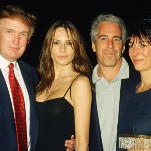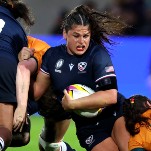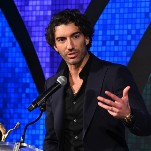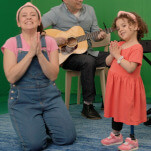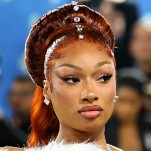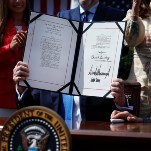Six-Year-Olds Care About Lipstick, And Other Tragedies
LatestThe woman seemed a little thrilled when her young son asked for a Barbie, telling her husband it was healthy gender-identity experimentation. But the Barbie languished on the shelf. Why? “It’s for when a girl comes over,” he said matter-of-factly.
The speaker was pointing out how rigid the lines still are when it comes to children, gender, and toys. At a lunch yesterday for Cinderella Ate My Daughter: Dispatches From The Front Lines Of The New Girlie-Girl Culture, a forthcoming book by Peggy Orenstein, the book’s topic was inspiring all sorts of confessions, mostly of the parental variety.
Orenstein’s book isn’t out for a few months — more on that when we’ve read our galley! — but she spoke persuasively about how intensified marketing and segmentation was, more than ever, targeting young and younger girls for mascara and bikinis. She said it was a sort of bastardization of 90s “girl power,” where the freedom to like girl things had become a prescription to do so, that something had given way between “get to” and “have to.” And the message itself, of self-determination for girls, had been distorted, she said, to self-obsession—to stickers on a messenger bag kit her daughter got as a gift, reading, “It’s all about me.”
When Orenstein cited a statistic that 40 percent of six-year-olds wear lip gloss or lipstick regularly, the room shifted and murmured in discomfort.
Is there harm in all this? Orenstein, who doubtless gets into more detail in the book, cites the harmful effects of early sexualization in an APA study, and added, “When girls are pushed [into sexuality] prematurely… they learn that sexiness is a performance, and don’t learn to connect it with their own feelings,” Orenstein said, adding that this was the crucial distinction between being “anti-sex” and “anti-sexualization.”
-

-

-

-

-

-

-

-

-

-

-

-

-

-

-

-

-

-

-

-

-

-

-

-

-

-

-

-

-

-

-

-

-

-

-

-

-

-

-

-












